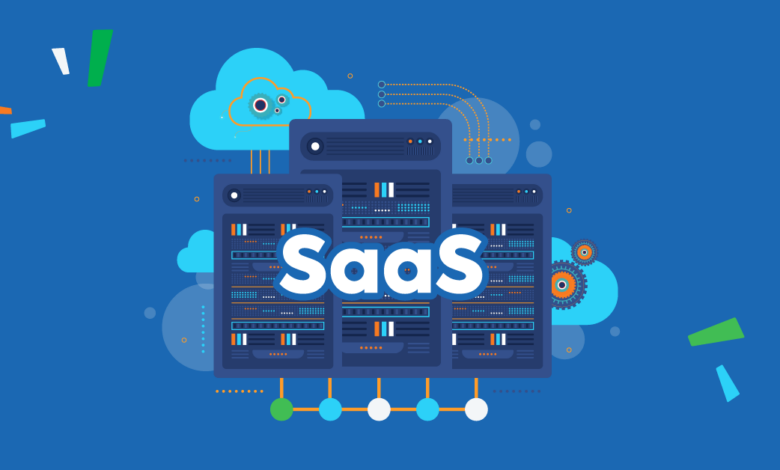Things to know about Saas LMS: A complete guide

Businesses have learned to deal with adversity when it comes to training and development. That’s because of the tenacity of training managers, the enthusiasm of their trainees, and the variety of digital resources at their disposal. The LMS stands out among other L&D instruments because of the breadth and depth of its functionality. An LMS like Litmos is a unified platform for developing, distributing, and evaluating educational content.
What is the definition of Saas LMS?
A software-as-a-service (SaaS) learning management system is a web-based alternative to a locally installed LMS. If the Internet is the sky, then the LMS SaaS would be a cloud in that sky. However, instead of storing water droplets or ice crystals, it stores files and data. Anyone can access the LMS at any moment. This means that if you’re creating training for a geographically dispersed team or audience, they can use your LMS whenever and wherever they like.
Below are must-to-know things about Saas LMS:
Cloud-based:
Due to the cloud-based nature of a SaaS LMS, training may be accessed by your learners at any time and from any location. A cloud-based LMS allows users to access their courses from any Internet-connected device, making it a versatile and user-friendly option for those who prefer to study on the go. A computer and an internet connection are all that are required.
Easy Learning Curve: SaaS LMS Systems:
Among the most crucial requirements for an LMS system is that it should be simple to use, and SaaS-based LMS systems meet this requirement in totality. Most of these systems feature user- and novice-friendly interfaces, making it possible to dive right into the learning process. This ease of use benefits everyone involved in the educational process, from learners to instructors. Remember that the LMS SaaS provider is always there to answer any questions and help you sort out any issues that may crop up while you work with the system.
Ease of scalability:
Gaining command over training delivery will provide you greater flexibility to adapt to changing market conditions and pave the way for rapid expansion. Whether your number of learners is expanding exponentially or you need more courses, you won’t have an issue doing either. One option is to switch to a more expensive LMS SaaS package. After all, successful SaaS LMSs aid organizations in expanding in step with their income and educational demands. The best cloud-based learning management systems (LMSs) offer greater adaptability and scalability than their on-premises counterparts.
Quick to launch:
The majority of cloud-based LMSs provide easy-to-follow deployment guides and customer support teams to help you get set up. Once you have settled on a course of action for your training, you can begin developing content, enrolling learners, and releasing your programs. A useful tip to keep in mind while evaluating LMS providers is to inquire about typical setup times. That way, you will know what to expect in terms of their readiness to assist you in meeting your critical learning deadlines.
Improve teamwork in the virtual workplace:
The members of your eLearning team can collaborate on developing your eLearning course from anywhere in the world. All your information is stored remotely in the Cloud instead of on a personal computer. In this way, there are no restrictions on who can use it. To take your teamwork to the next level, try combining it with an online project management platform or a review tool. Streamlining your operations allows you to save money and use your digital assets better. The ability to create high-quality online training materials for your online learners is, nevertheless, one of the most important advantages. Through online training, everyone has the opportunity to contribute their knowledge and skills toward the development of exceptional learning opportunities.
Flexible pricing:
A future L&D investment requires a scalable solution that can expand with the company. In most cases, a SaaS LMS hosted in the Cloud will be less expensive than a locally installed LMS. You won’t have to shell out a hefty sum upfront by market norms. You will only be charged for the time your cloud LMS is actively used, rather than a set monthly fee, regardless of how many users or portals you have. As a result, cloud-based LMS systems are frequently less expensive in the short run. Since no ongoing costs are associated with its use, it is a viable long-term option as well.
Conclusion
LMS SaaS systems bundle a wealth of benefits and interesting features that elevate the standard of online education. This combination greatly improves the efficiency and smoothness of everyone involved in online education. Contacting professionals in the industry is worthwhile if your vision for online learning utilizing the SaaS-based LMS calls for a bespoke strategy.



